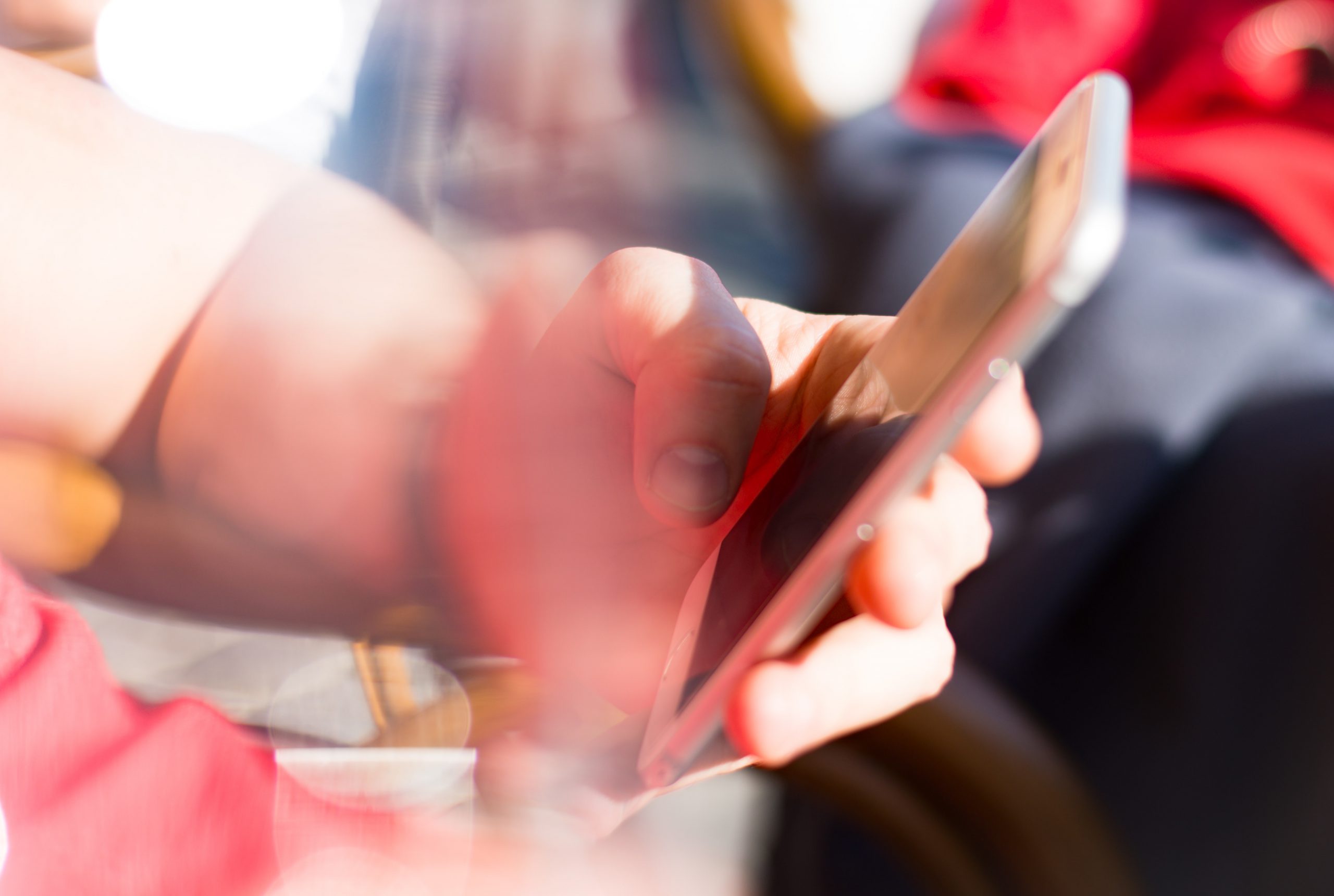Why do some posts go viral, while others don’t?
To potentially create a viral post yourself, you should understand how “the magic” happens.
At its essence (algorithms not included), a viral post can happen when you share a piece of content that several of your friends share. Then, several of their friends share it and so on. That spread can continue until typically enough time passes. Time can make content less relevant relative to everything else being posted. But plenty of viral posts can see a second spike when discovered by new audiences.
With algorithms in play, viral posts largely depend on a high engagement rate not only on the original post but on the shared posts (and the shares of shares), etc.
It may seem random, but there are a lot of key factors in play when something goes viral on social media.
Triggering emotions
There are certain emotions that compel users to not just engage with content but share it as well.
These include, among others:
- Excitement
- Pleasure
- Surprise
- Hope
- Joy
- Happiness
- Interest
- Amusement
When you think about what it takes for someone to share a post, remember the cardinal rule of sharing when it comes to human behavior. We will share content that makes us look cooler or smarter to our networks.
Emotion is a huge part of that.
Being in the know
We may envision viral posts as being on the extreme side of content. However, a lot of viral posts are far more practical than you might assume.
Yes, the surprising, crazy and cat-filled content get its share of virality. However, interesting and newsworthy content can often become even more viral. This type of content fills a gap between what we know and what we want to know (the information gap).
In addition, studies have shown that novel ideas in general (information that is new rather than familiar) trigger a release of dopamine in the brain. The most viral post of 2016 was an article about a possible Alzheimer’s cure that restores all memory function, with over 5 million shares.
Influencers and celebrities
A viral post obviously does not have to have a celebrity or influencer in it to go viral, but it’s certainly a strong jumping-off point.
Their big audience followings are obvious. However, the content they post could easily have that feeling of surprise that not only goes viral but could make headlines as well.
It’s difficult to develop a specific viral post “formula” because viral posts are comprised of a range of content.
Algorithms also play a role. Plus, it’s so easy to understand the psychology of what can make a post viral, think you’ve nailed it and see your post get largely ignored.
Always ask yourself:
- Would I share this with my network?
- Would my friends?
- Would my family?
- Would their friends?
When that’s your standard for your content, it’s only a matter of time with trial and error that you’ll hit that homerun of a viral post yourself.

